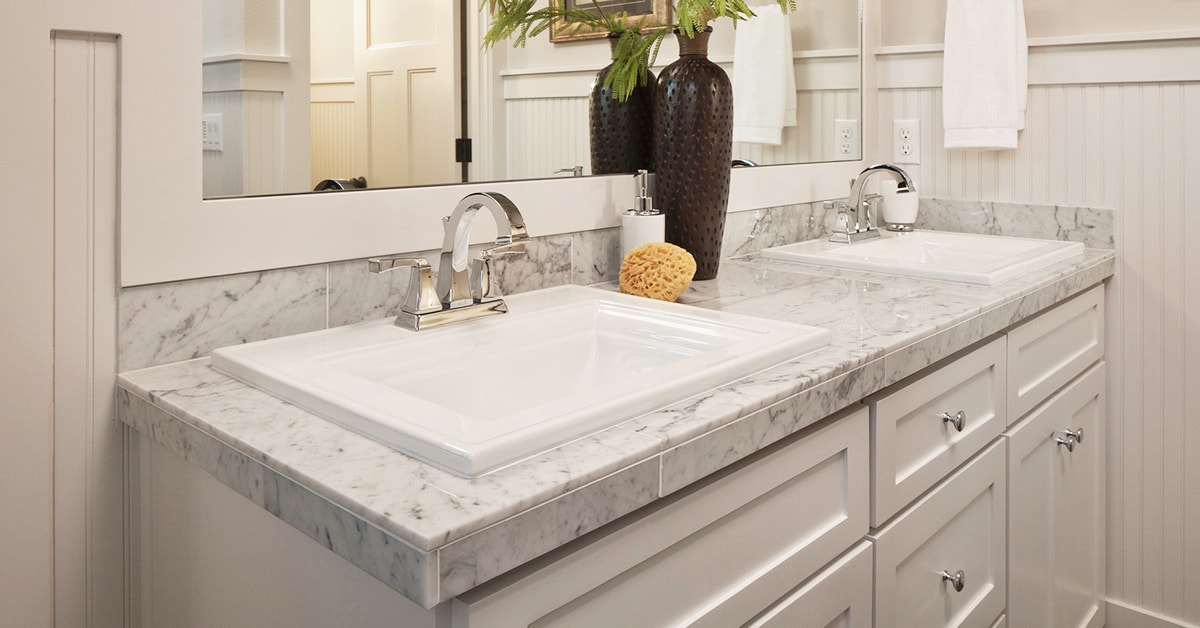Before you start
When choosing a new faucet, make sure it’s compatible with your wash basin, by verifying the number of mounting holes.
Turn off the water supply using the valves under the bathroom vanity. If you don’t have shutoff valves, shut off the water main. It is recommended to install shutoff valves on your plumbing so you can turn off the water directly from underneath the sink.
Wear safety glasses when working under a sink.
Drain the pipes and collect the water by opening the p-trap under the sink.
Turn off the water supply using the valves under the bathroom vanity. If you don’t have shutoff valves, shut off the water main. It is recommended to install shutoff valves on your plumbing so you can turn off the water directly from underneath the sink.
Wear safety glasses when working under a sink.
Drain the pipes and collect the water by opening the p-trap under the sink.













